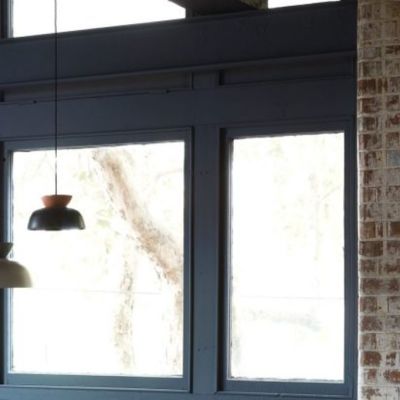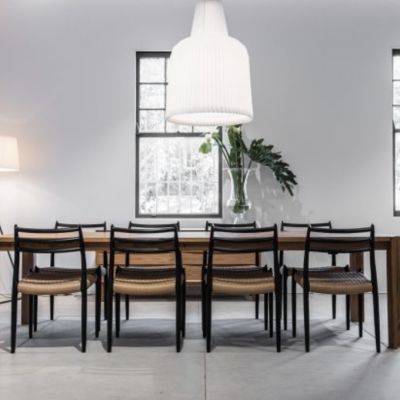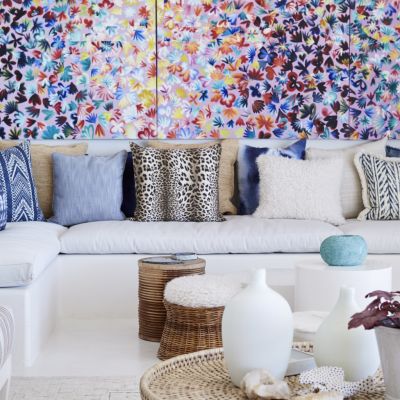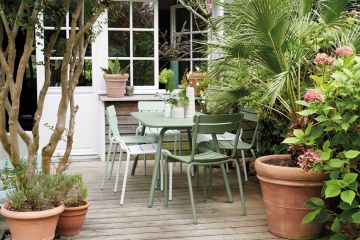The ultimate guide to buying a rug for your home

Buying a rug can be daunting. With so many patterns, materials and sizes to choose from, it can be difficult to parse through all the options to find something that will last.
We asked several rug experts to help demystify the process of buying and caring for a rug, whether you’re shopping at your local Salvos, IKEA or an upscale carpet store.
Consider function
As with any major purchase, think about what your expectations are for the item. Designer Annie Selke, who founded the Pinecone Hill and Dash & Albert home decor brands, suggests thinking realistically about what function you need the rug to perform within your home.
“It’s important to say what’s going to happen in that space, whether it’s pets, people or drinking, and really take that into account before you invest in something,” Selke said. For example, it makes sense to buy an easy-to-clean indoor/outdoor rug made of a durable material, such as polypropylene, if you’re shopping for a rug for your dog to nap on.
A piece made from a delicate natural fibre, such as jute, is probably best for an area where kids won’t be running all over it.
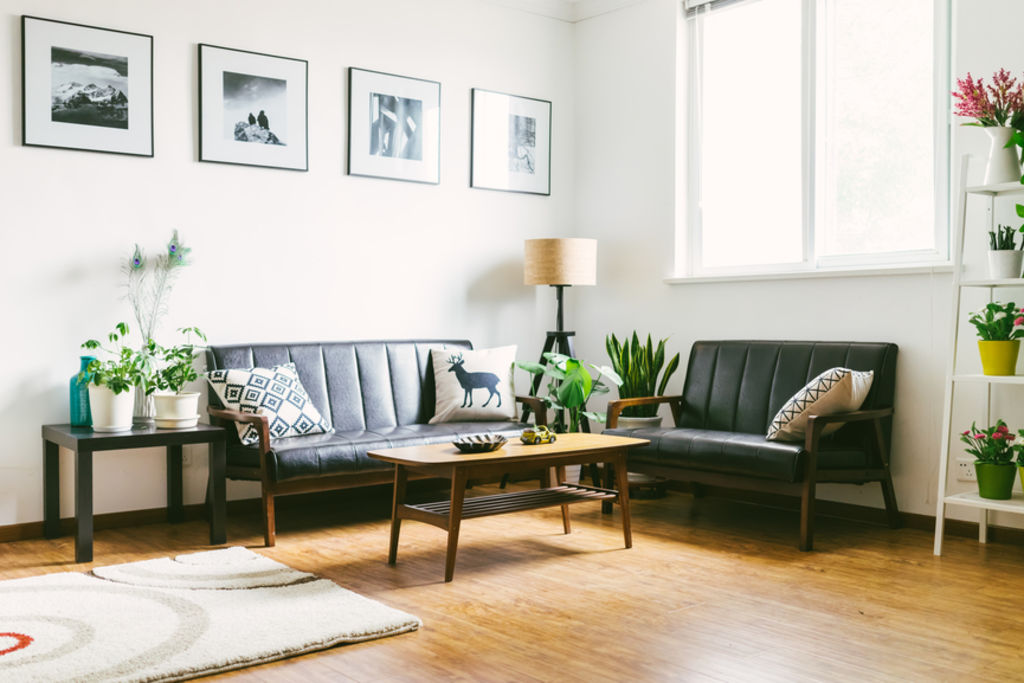
Christin Terrell, owner of rug seller King’s House Oriental Rugs, suggests a wool rug or natural hide for a choice that’s interesting and easy to clean.
“The main things I would advise to be cautious of are synthetic fibres like viscose or things that have the appearance of wool or silk because they’re sort of impossible to clean, and you might ruin the rug,” Terrell said.
She said flatweave wool rugs are often a good option and come at a lower price point because they’re easier to weave and many budget-friendly stores, such as Ikea, often carry these.
Once you’re settled on the rug’s purpose, consider aesthetic factors such as size, pattern and colour. A bold pattern could add interest and dimension to the space. A solid colour is a good jumping-off point if you’re after a more traditional look.
Selke suggests deciding how prominent you want the rug to be in the room – whether it’ll be more of an accent piece or the star of the show. Think about what ties the piece to (or sets it apart from) the other furnishings.
“It could just be trying to find some colour within the rug that marries nicely with whatever stuff you already have,” Selke said.
Ben Soleimani, a designer who recently launched his own line and previously worked for upscale rug businesses Mansour and Mansour Modern, likes rugs in muted, monochromatic colours and pieces that have subtle patterns and textures because they can add depth to a space.
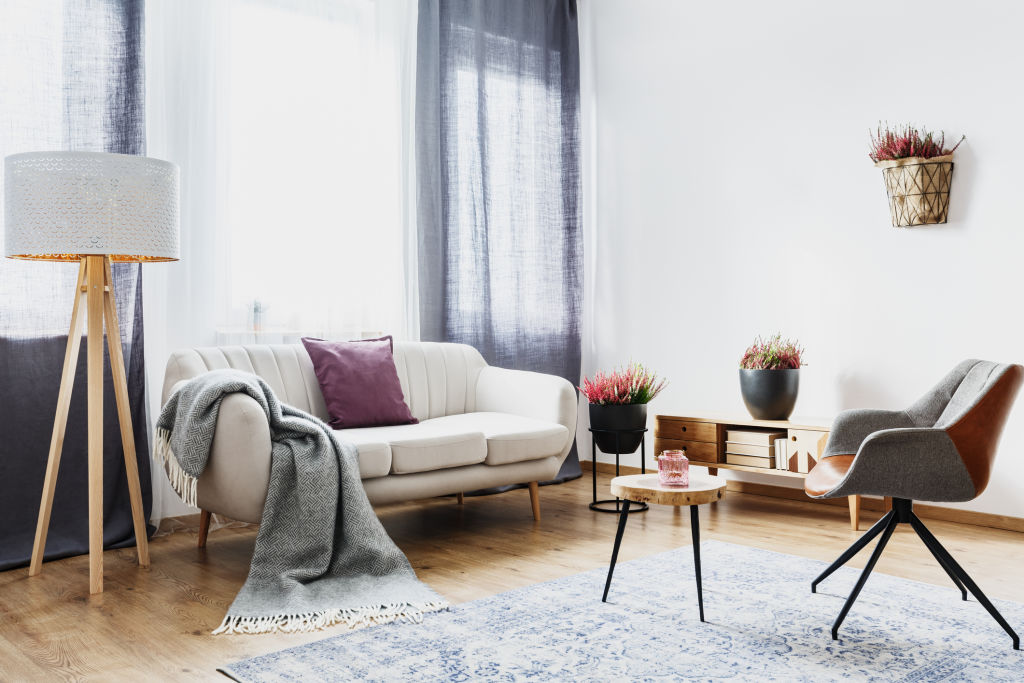
“I like colours that are soft and easy to work with. Harsh, contrasting colours are nice, but you get tired of them,” he said. “They’re not as timeless.”
The ideal size for a rug doesn’t really exist, he says, but a good place to start is to consider the size of the room and the surrounding furniture. Soleimani likes the look of a rug that covers the whole floor, with furniture on top to anchor the space and tie everything together.
“What I don’t really like is a little postage stamp floating in the middle of the room,” he said. “If you can afford it, I think getting a bigger rug and having the furniture sit on it is a much more elevated look.” He suggests leaving about two feet of bare floor space from the wall.
Go with your gut
Charity stores and estate sales can be treasure troves for finding household items, and rugs are no different. It might be ideal to know all about the rug’s origins, especially if it’s an expensive investment piece, but that’s not always possible.
Let your eye guide you and make a judgment call for yourself, knowing you won’t be able to find out everything about the piece. If the design speaks to you, and the material works for your needs (and budget), go for it.
“If it’s something that you really love and you’re drawn to the design and it’s a piece that’ll work well for you, I think long-term you’ll always be happy with that purchase,” Terrell said. “I would look at the fringe, the construction, whether it’s handmade or machine-made. Those are all things that will add value in the long run.”
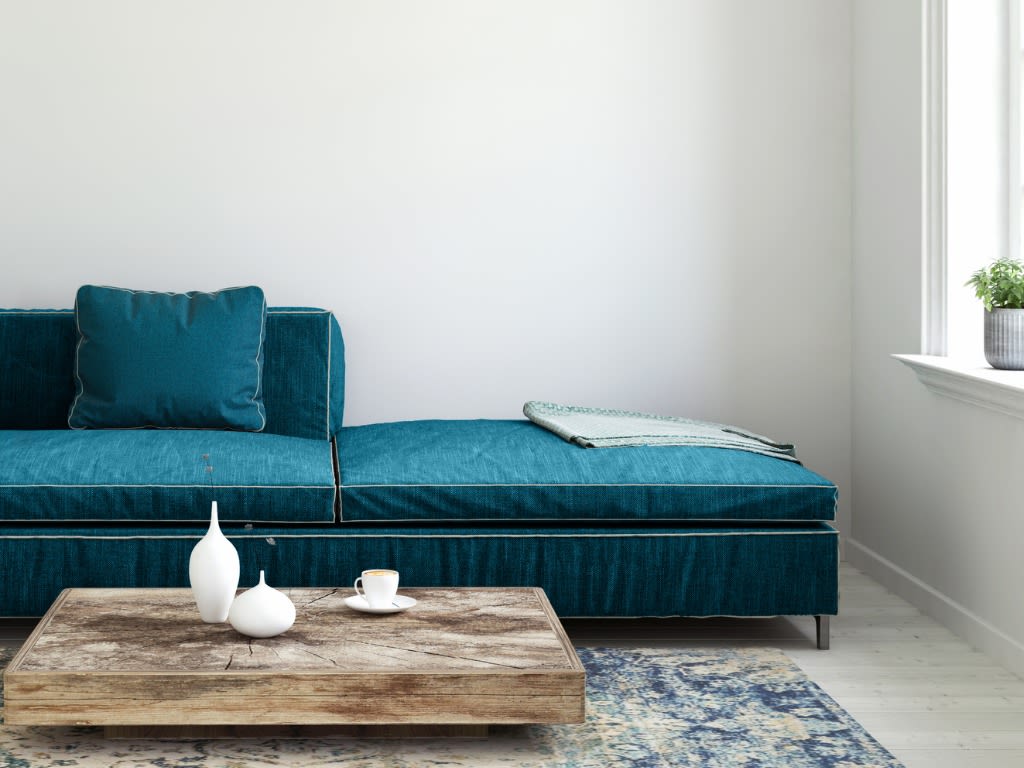
Use a rug pad
A solid rug pad anchors the rug to the floor and prevents it from sliding (who hasn’t almost tripped after kicking up a rug?) Terrell recommends buying a pad that’s about two inches smaller than the edge of the rug and that’s made of a soft rubber backing and a rougher acrylic side to grip the rug’s fibres. A thicker rug pad can be helpful if heavy furniture stands on the rug, and it can provide a cushier feel.
If you’re dealing with a particularly heavy piece of furniture, consider buying some casters or covers for the legs from a hardware store to avoid the legs digging in and damaging the rug’s fibres. Lay the pad out with the rug on top, and smooth it out to adhere the two together.
Know how to care for it
Few rugs can simply be thrown in the wash (completely saturating a rug with liquid can damage the rug’s integrity and dyes, Terrell says, and they can be difficult to fully dry); check your rug’s care instructions.
Small stains on many materials can be minimised by spot-cleaning with a damp towel and a mixture of vinegar and cool- or room-temperature water or a diluted liquid dish soap. Just be sure to blot, not rub, the stain because rapid back-and-forth motion can damage a rug’s fibres and change its appearance. Hang or lay flat to dry outside, weather permitting.
Terrell said that while steam cleaners are great for wall-to-wall carpets, the temperature is too high for handmade rugs. If a fragile rug is so soiled it needs thorough cleaning, it’s best to leave it to professionals.
Heavy vacuuming and foot traffic are the main culprits that contribute to wear and tear. For regular cleanings, remove the brush attachment on your vacuum and be gentle, particularly around the edges: Terrell cautions that rough vacuuming on a rug’s corners and fringed edge can pull on its threads and lead to tears.
If the rug won’t be used for an extended period of time (say it’s in a storage unit or attic) or is being packed ahead of a move, Terrell suggests having it professionally cleaned and asking the cleaning service to wrap it in a protective material such as Tyvek paper, which is durable and water-resistant. In the short term, Terrell said, you could roll the rug and wrap it in Tyvek or a trash bag in a pinch. Don’t forget to keep stored rugs away from moisture and to tuck a few mothballs in, too.
We recommend
We thought you might like
States
Capital Cities
Capital Cities - Rentals
Popular Areas
Allhomes
More
